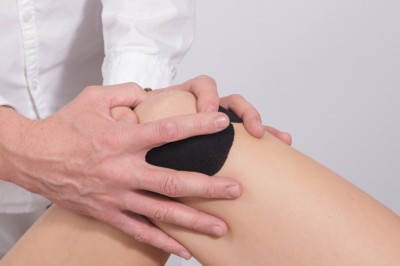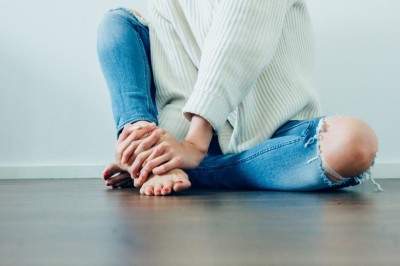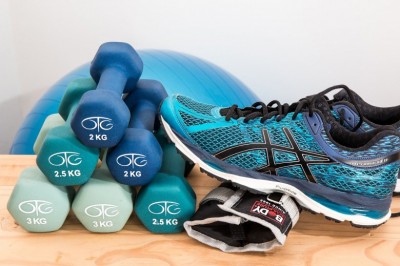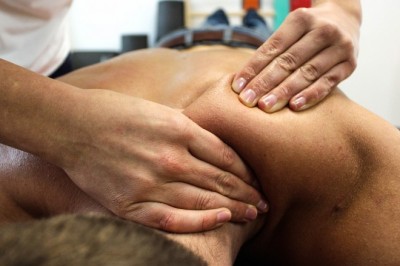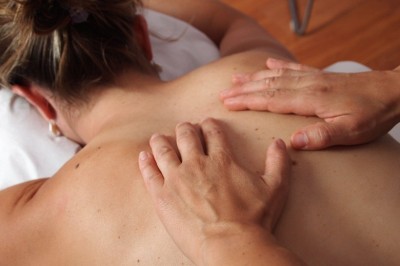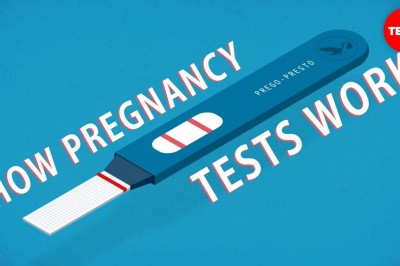Total Hip Replacement Management – Physiotherapy
Osteoarthritis (OA) is the commonest joint degeneration condition in the world, resulting in huge amounts of pain and suffering, work loss, expense and disability. Ageing of western developed populations, soon to be followed by some developing countries such as China, will place an increasing burden on medical services as the occurrence of OA rises steadily with age. There will be an increasing need to provide medical and physiotherapy treatment for OA over the next 50 years and for many thousands of people this will involve joint replacement.
Quality of life improvements after medical interventions vary but for joint replacement are some of the highest of all medical procedures. Hip replacement has a long history but the 1960s saw its development into a reliable procedure, with modern developments making it a predictable and very successful treatment for hip osteoarthritis. It is used to manage a variety of complex hip conditions with excellent outcomes at fifteen years and beyond. Conservative treatment is always instituted initially but if the joint degeneration becomes severe then joint replacement is the remaining option.
In surgery the degenerative joint is excised and artificial components of alloy steel and plastic are substituted. The hip joint ball is removed and the socket cored out in preparation, the new ball and stem is inserted into pressurized cement in the femur and the new cup is pressed into cement in the socket. The two materials, steel alloy and ultra high density polyethylene, ensure very low friction in the joint similar to the original and contribute to low wear and long life of the joint.
Post-operative physiotherapy consists of reviewing the operation note and the medical observations, assessing the patient and instructing them in breathing and leg exercises. The physio assesses the sensibility and muscle power in the legs to exclude problems such as nerve injury, although an epidural can cause temporary loss of feeling and power in the lower body and delay mobilisation. The next physio job is to get the patient up out of the bed with an assistant, stand and walk them as appropriate with elbow crutches or a frame, taking account of the necessary precautions to avoid dislocation.
The patient continues with buttock, hip flexion, quadriceps and foot exercises regularly to encourage normal limb muscle function and help circulation. They take regular analgesia to reduce pain and assist in their ability to mobilise. Once safe they can mobilise independently at least three times a day to have a walk, go to the toilet and wash and dress. Sitting is encouraged as long as the chair is not low and they are not permitted to put their legs up when sitting.
A good gait pattern is important in restoring normal walking function, ranges of movement and muscle power and balance. Initial gait taught by physiotherapists is typically the "step to gait", the walking aids moving forward first followed by the operated leg and then the unaffected leg steps up to the other. This is a slow but stable gait pattern and good for the initial stages. Patients progress quickly to the "step through gait" where the unaffected leg moves past the operated one, and eventually to an advanced gait where the crutches are moved forward at the same time as the operated leg. This pattern is very close to normal walking with a pair of crutches attached.
Once they return for their follow up appointment at six weeks after operation patients have often achieved a good gait, reasonable hip strength and returned to some activities of daily living. The physio may advise a stick if they are unsteady, slow or older, and they can gradually regain their previous abilities provided they observe the precautions to prevent hip dislocation: Avoid hip flexion over 90 degrees by not sitting down in low seating, not sitting down or standing up too quickly, not bending over to the floor quickly and not crouching. Weight bearing on the leg and rotating the body weight is unwise. Get medical advice if an infection develops e.g. in the bladder, chest or teeth, as this can transfer to an artificial joint. Avoid crossed legs in sitting.
Jonathan Blood Smyth is a Superintendent Physiotherapist at an NHS hospital in the South-West of the UK. He specialises in orthopaedic conditions and looking after joint replacements as well as managing chronic pain. Visit the website he edits if you are looking for physiotherapists in Liverpool.












